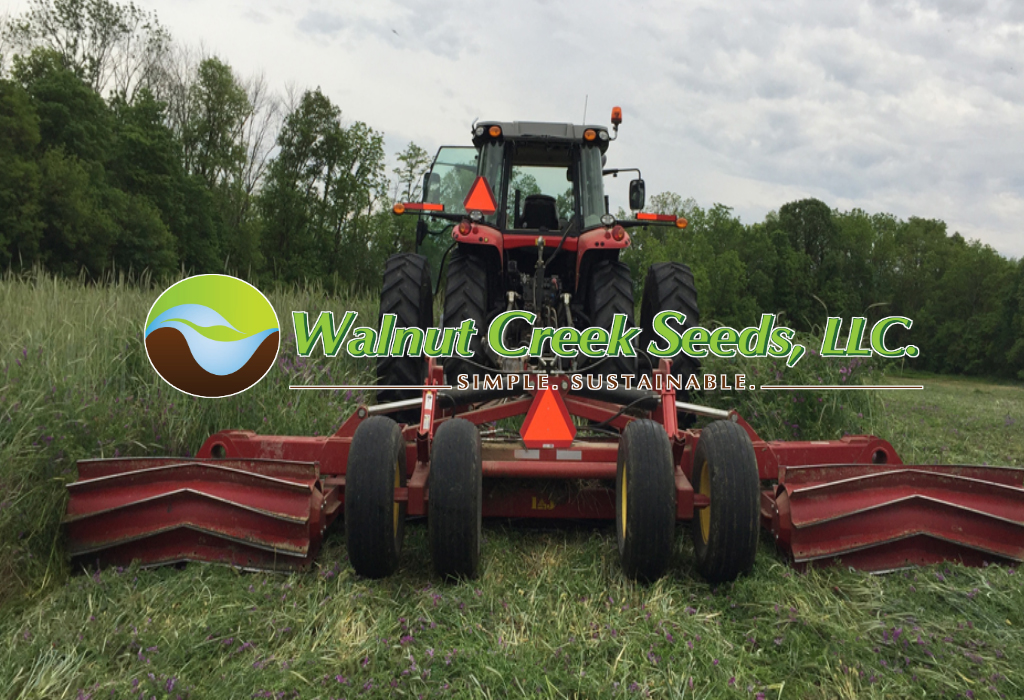You will be fine planting buckwheat in the spring, There are several reasons I suggested buckwheat rather than a mix. One is because you are just starting out and have had previous failures. Buckwheat is hard to screw up. It will germinate in my truck bed when a little dirt gets in. As long as the soil is warm enough and you get a little rain after planting, there is not much you can do. Also, buckwheat does not have high pH or fertility requirements. Lime 6 months ago with a couple more months until planting time should amend your soil plenty for Buckwheat. Next, soil building is best done when tillage is minimized or eliminated. Because buckwheat germinates and grows so quickly, it will outcompete most weeds. Looking toward fall, Buckwheat is a great crop to T&M into. As you gain experience, you will learn the right level of thatch that works for your situation, but a pure stand of buckwheat makes for the perfect T&M much because it decomposes so quickly.
I'm trying to balance good practices with keeping things simple to ensure you get a little success under your belt. Soil can be built through mixing or rotating or both. Since you want to plant annually, you will have lots of opportunities to try different mixes in future years. The best thing to do is to learn about your soil type.
krekelly makes a good point about planting a polyculture. The problem is that most of the commercial mixes are not locally focused. So, you can end up paying for seed that does not produce in your soils and climate. Worse, some commercial mixes contain seed like ryegrass which can become invasive in some situations. I'm planting large acreage for QDM purposes, so mixing a larger variety of seeds myself is not a problem, but that may not be practical for folks planting a couple 1/4 acre plots.
What you really need to do is balance what is good for soil, what will grow well in your soils and climate and with your deer densities, and what achieves your attraction objective. I've given you a good starting point for this year, but as time goes on you may want to experiment with other crops in your mix. While my objectives are different, QDM as well as kill plot attraction, I'm probably not too far away being in central VA, so my climate and soils may be similar. So, I'll tell you what has been working for me lately.
I've been using a 50/50 mix of sunn hemp and buckwheat for summer. I've been experimenting with adding a third crop. I tried sunflowers, and last year I added wild game sorghum (milo). While the sorghum did well, it was not compatible with my fall plant. Sorghum spends the summer growing and produces seed heads that deer eat in the fall. I had to mow the field when planting my fall crop, so the sorghum never benefited the deer.
The fall mix that works well for me is Winter Rye, Purple Top Turnips, Groundhog Radish, and Crimson Clover. The Winter Rye provides the early season attraction as does the GHR tops. The GHR tubers provide mid season attraction as does the turnip tops. The PTT bulbs provide a very late season and post season food source. The GHR also provides "organic tillage" if planted early enough for large tubers. The Crimson Clover and Winter Rye bounce back in the spring. They keep my soil covered and the Crimson Clover feeds deer in the early spring until I'm ready to plant for summer.
I'm using this combination of mixing and rotation to attract, and feed deer while building soil health. Since I'm working on a larger scale, I'm buying 50 pound bags of seed and mixing them myself which is pretty cost efficient.
Thanks,
Jack



